itd. 등등 vs. 等 etc. usw.
Nina Behnisch (DEU), Zhaoyi Chen (CHN), Charline Gdalia (FRA), Ann-Marie Najderek (DEU/ POL), Halyn Shin (KOR) und Selin Wutzler (TUR).

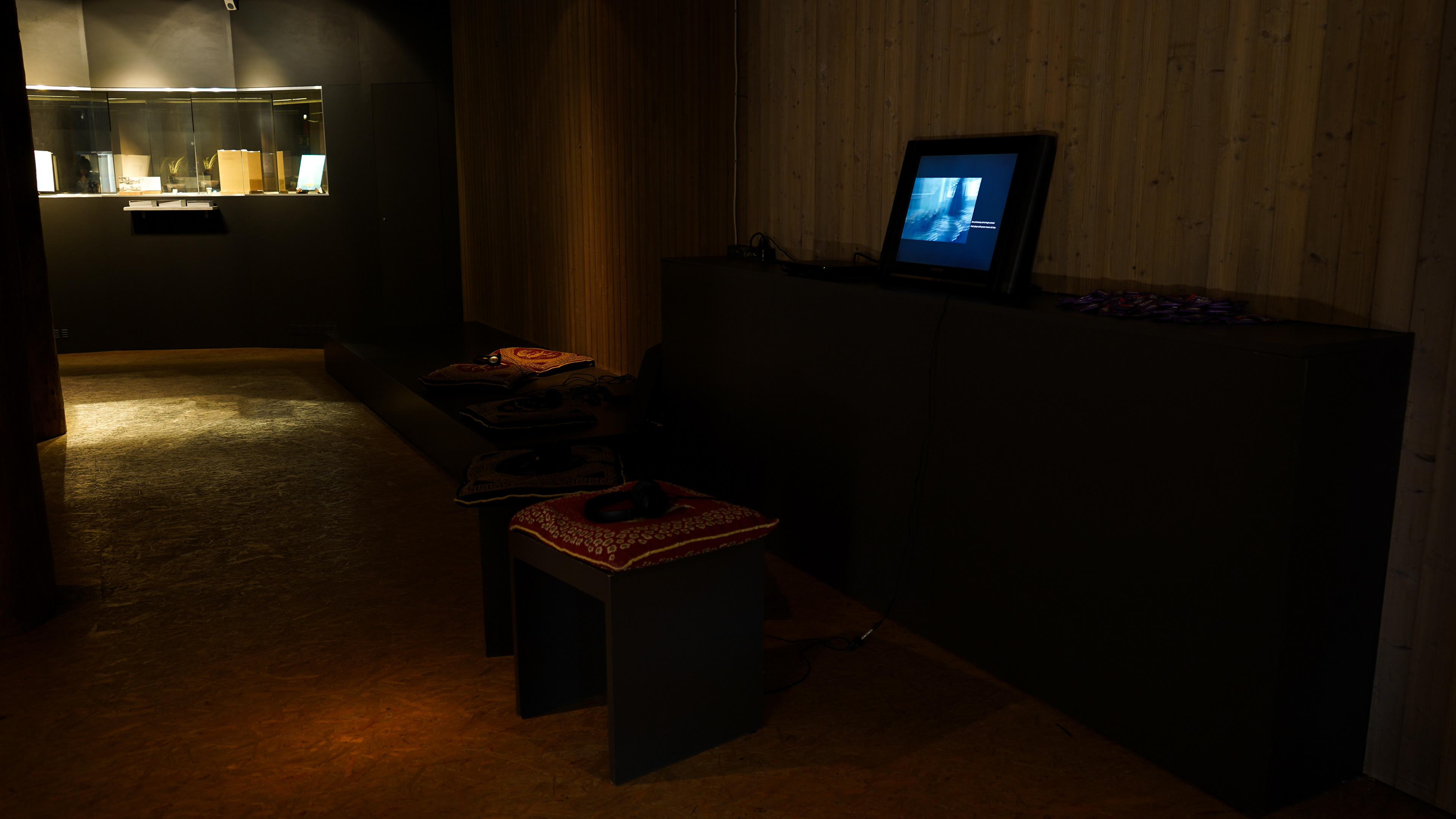
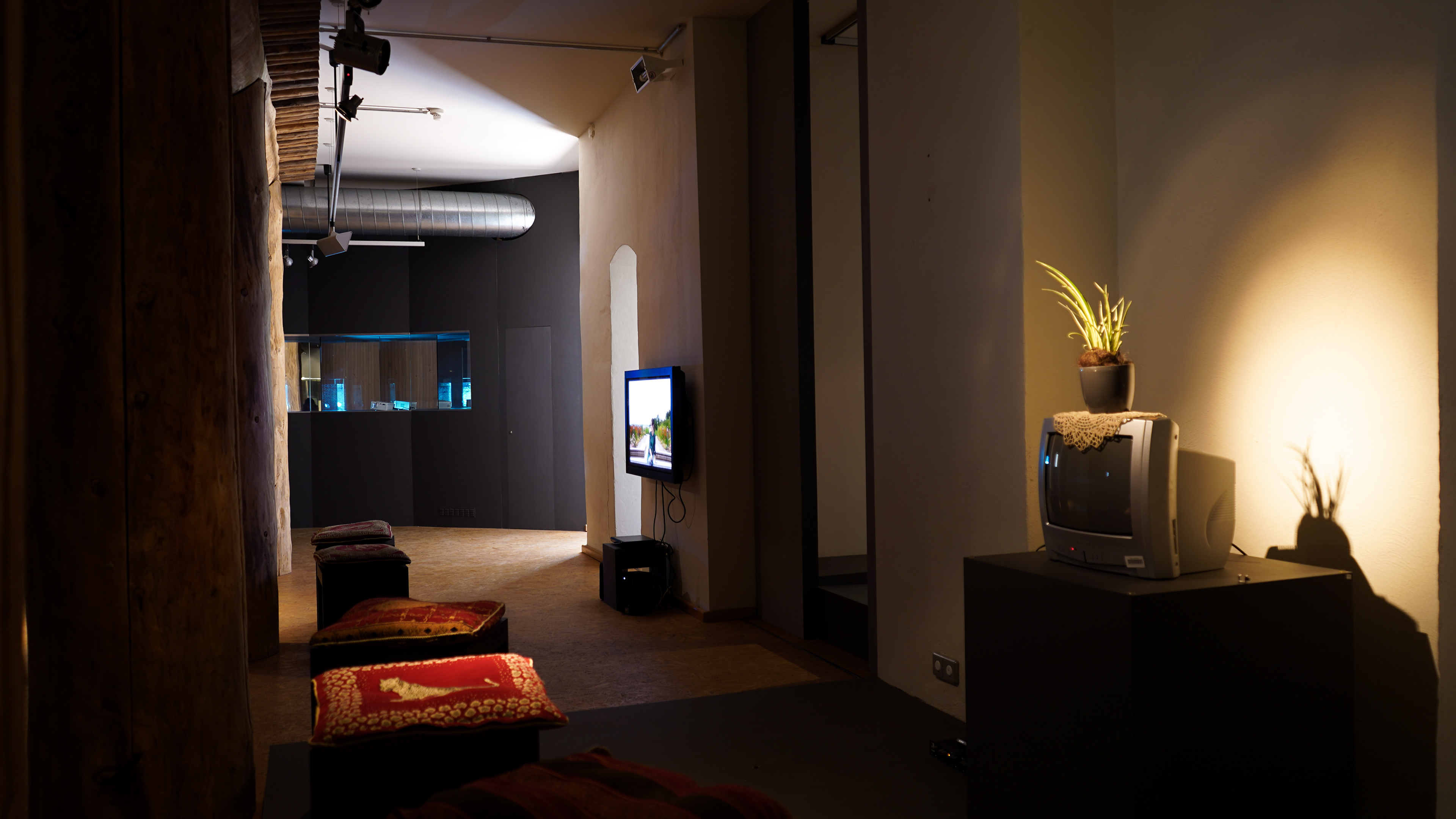
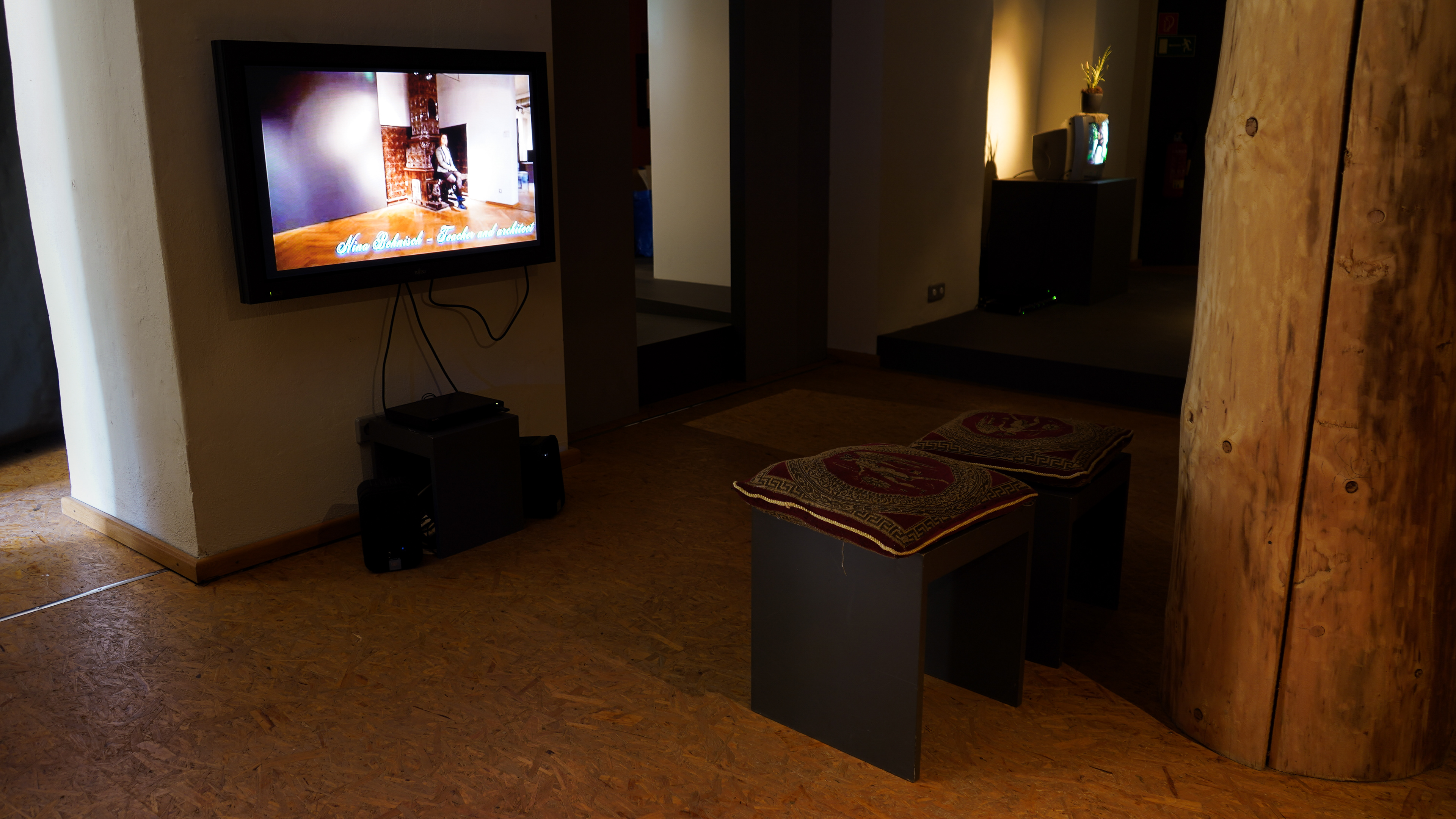
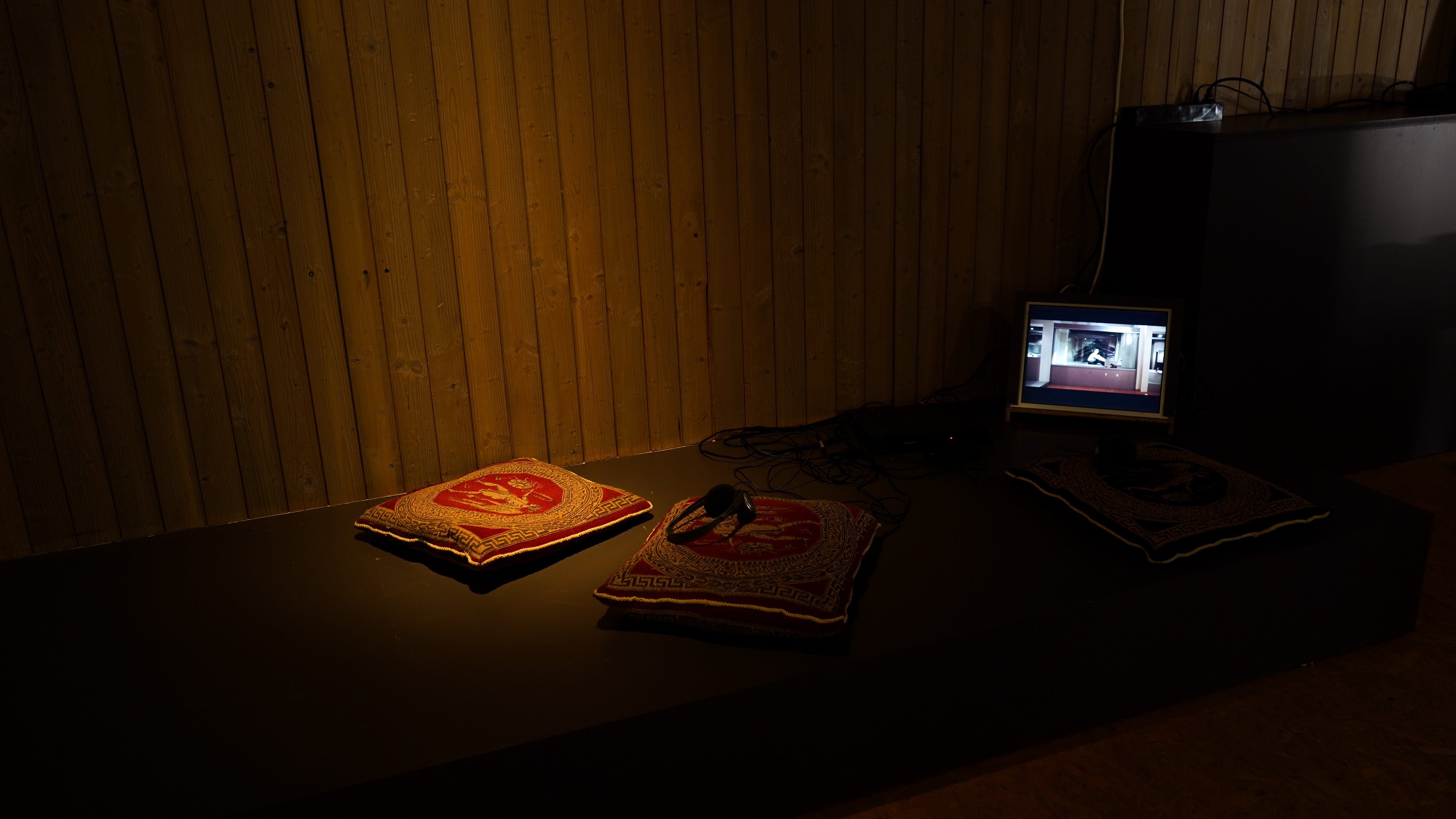
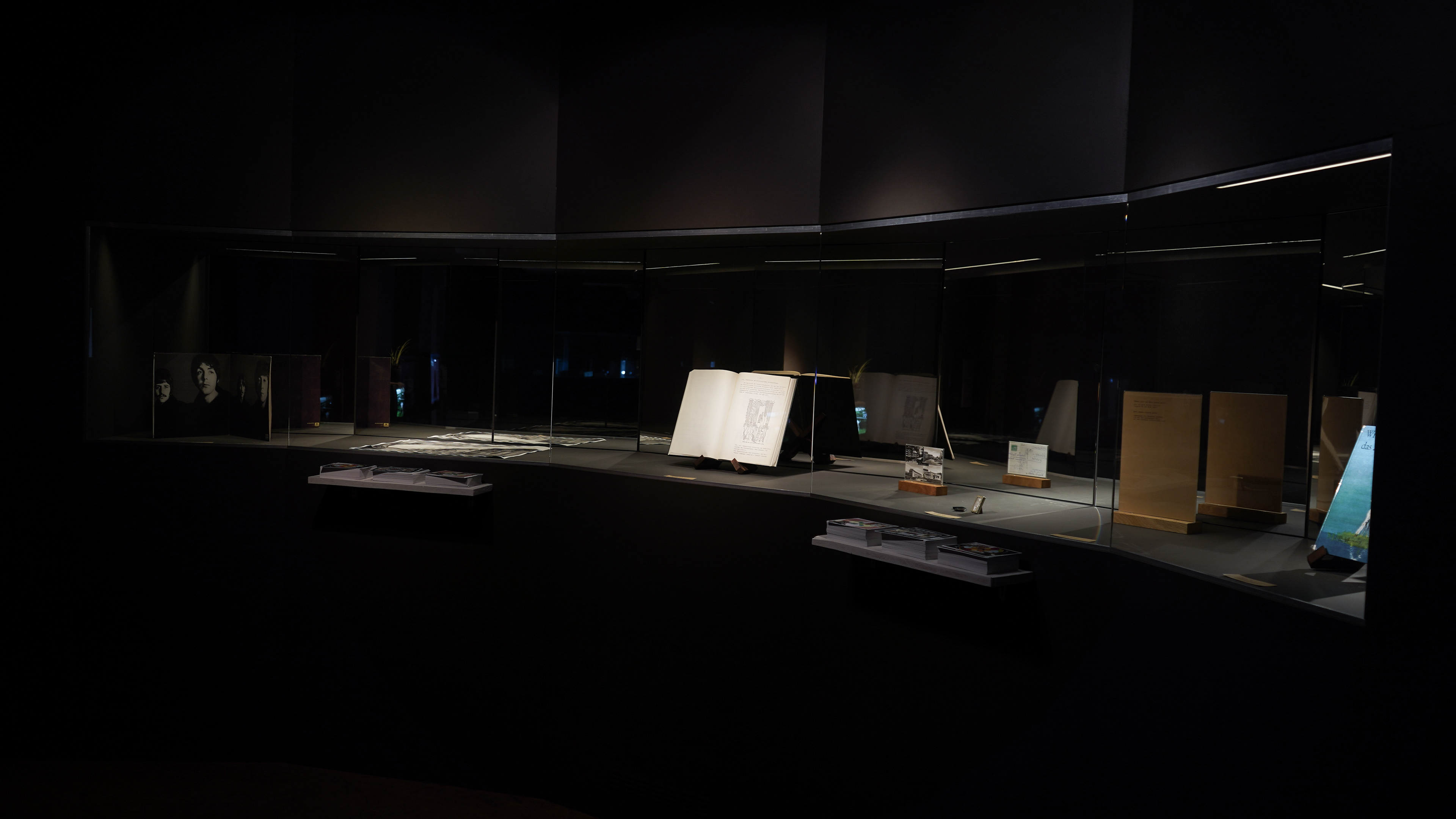

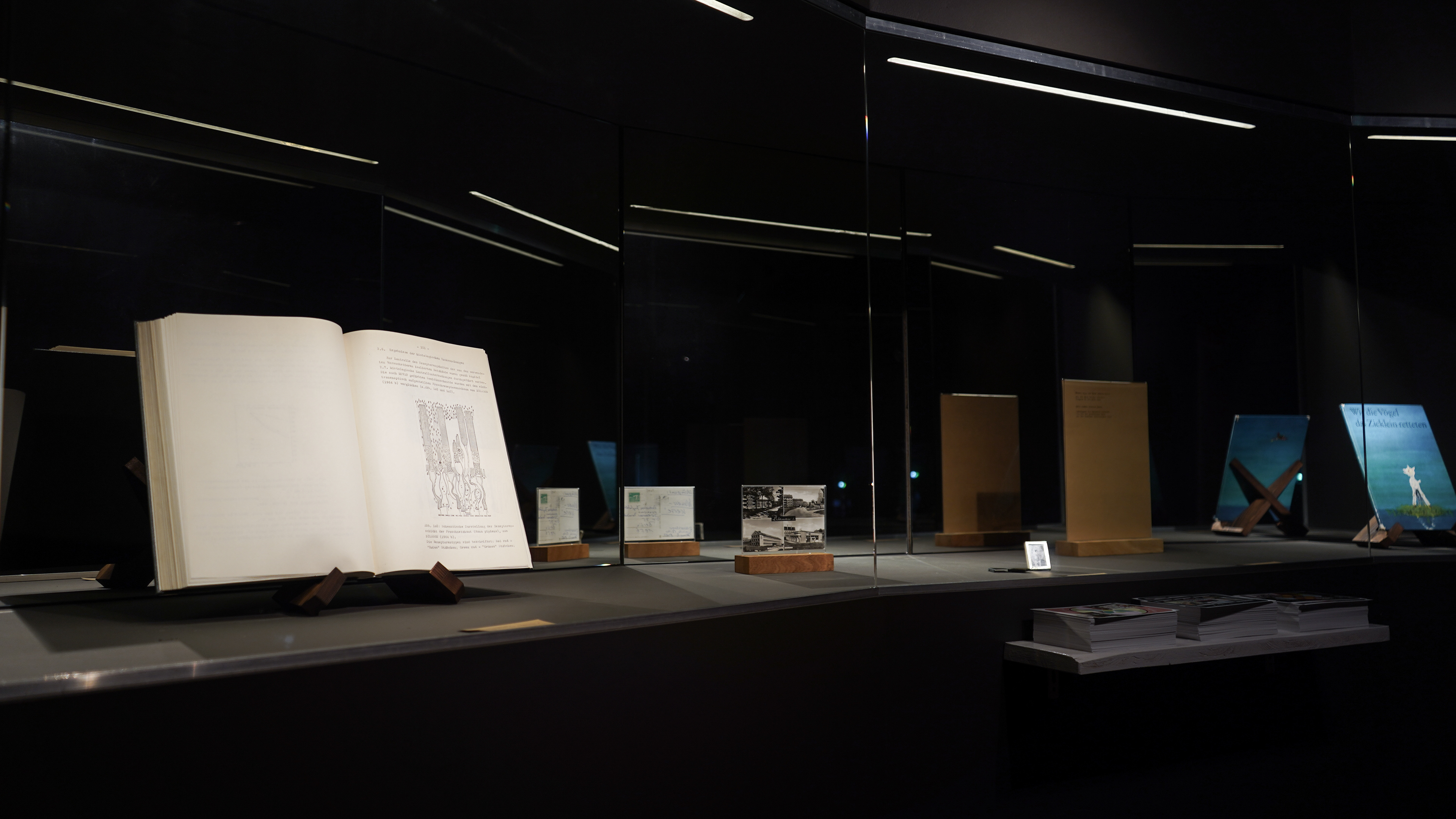



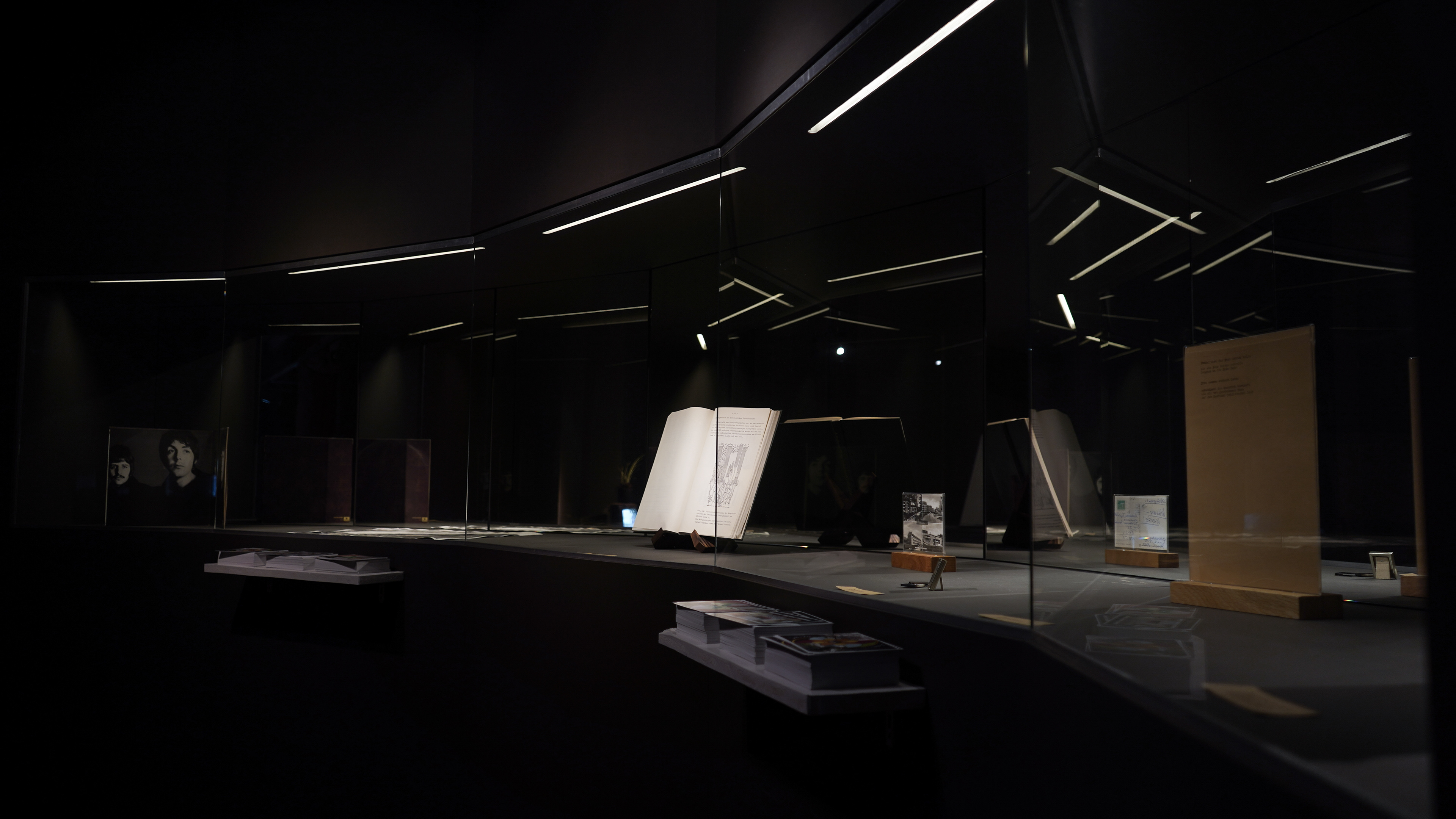
COLLABORATION
We all have different cultural backgrounds. However, we met in Dresden, since we all live in Saxony at present. We are friends, fellow students and colleagues. We talk together, work together, learn from each other. What defines our lives in this shared place? What are we bringing with us from our past? What flows into our lives from our surroundings?
During the four-week residency, we created a collaborative installation that forms an interface between documentation and art. In a collection of found objects, souvenirs, discoveries and memories in the form of objects, video and sound we are telling our subjective and imaginary story.
CONCEPT
History is written. However, it is an interpretation. It is subjective and becomes a narrative through exchange and cooperation, tinted rhetorically and in content, embellished or shortened. It arises first and foremost in our everyday lives. It consists of the traditions that we repeat again and again in our gestures or forget. It is the interaction between our cultural and evolutionary past and even if we try to explain the present by it, it remains more indistinct than a dream. We carry our own history with us to each new place, and at the same time we create a new self from the memories of the places we have been. Each time we change places, we enter a new space with new rules that we don't understand - and we become someone else. Like history itself, the museum cannot be objective. It is bound to its time and its ideas.
In particular, the Palais in Lichtenstein stands as a liminal place between different states: between museum and vacancy, between yesterday and tomorrow, between private and public. The Daetz Collection, which was originally exhibited in the Palais, has been gathered from various places around the world by one family. A single point of view on different cultures without any claim to completeness. We want to invert the usual museal experience in our installation. The intentionally subjective and partly imaginary stories we tell are our own, those of our everyday life. For our work, we gather memories, objects, and experiences that emerge from our individual and diverse histories and our shared everyday lives. Contrary to a linear historiography and its museal reconstruction, an artistic documentation of the subjective and excerpted perception of history develops in the moment of its occurrence rather than in retrospective.
